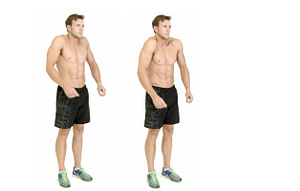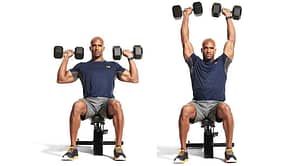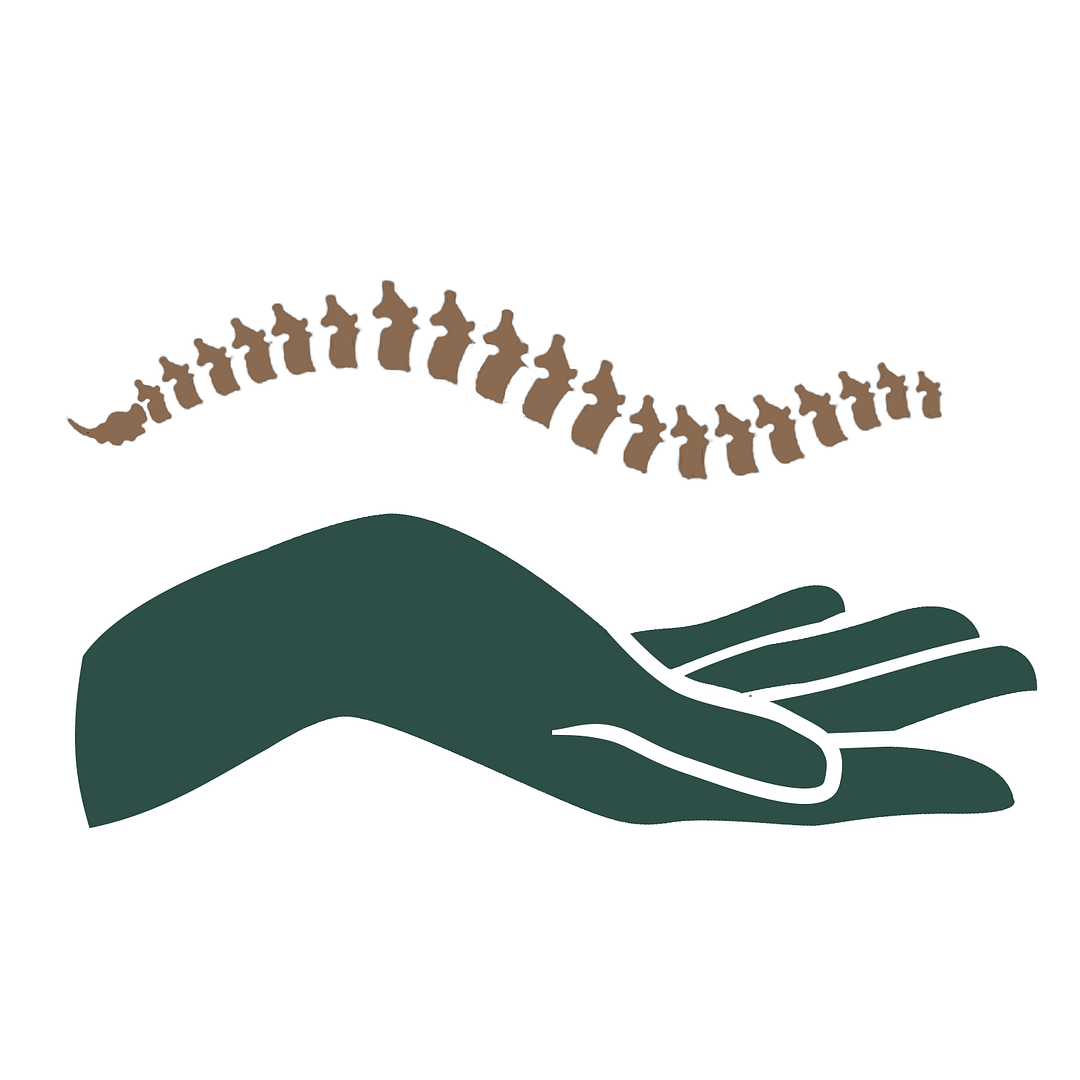Moving into Health
The body has tremendous self-healing capacities. Yet sometimes, it can be stalled on its road to recovery.
Why is this?
What are the ingredients that are missing that allow one to return to full health? In this article, we are will explore the key pieces needed for a full recovery, and to maintain health in general. Here’s a holistic osteopathic perspective on recovering through movement.

1) Neurological Patterning --
Without the right activation of muscles in the correct order, no amount of stretching and strengthening will balance the system. In fact, they can make it worse. Proper neurological patterning also includes bracing and trauma responses. From a somatic perspective, the path forward is very much the same. You must start off as gently as possible to maximize your ability to feel what is going on. This generally means laying down. From here, it is moving slowly that unlocks awareness of your movement patterns. With greater speed, you would zoom past your areas of dysfunction with momentum without noticing what is happening.
For some, there may be emotional content here. For others, the sensations will be more physical. Either way, curiosity must be cultivated around what is felt. These are areas that we would generally rather not feel. The job is to feel them. Moving slowly, we find our places of discontinuity and that provides critical information to the brain. Take your time with the process, it is setting the foundation for all the steps to come. You know you are done when you can move slowly and gracefully through your range of motion. It doesn’t have to be as big as possible, just smooth and comfortable. This is learning a new skill, so it’s best to do more sessions that are shorter throughout the day.

2) Bodyweight Range of Motion--
The next step is to expand the range of motion. The important thing here is to find the therapeutic level of discomfort. Go to the edge, not through it. This sweet spot, where you are neither avoiding it nor pushing through it, is the next skill that must be developed. This will metabolize the tissues, flushing them with blood and removing waste products. High repetition and low intensity is the name of the game here. You know you are ready to move on when you can go through your full range of motion without discomfort.
3) External Resistance--

At this final step, you can start to utilize resistance bands, weights, etc. These are used to further challenge the system, once it is properly prepared. It is an important part of the process, but unfortunately, it is also where many people start. This is also where is is useful to have feedback from someone else (such as an osteopath, personal trainer, physiotherapist, etc.) on what needs stretching vs what needs strengthening. This is a more common skillset than the first two steps, so there is a broader range of people that can help here.
There are other factors. Sometimes more focus is needed on the emotional side of things. Sometimes support is needed through diet or supplementation. We will talk about these in upcoming articles. Hopefully, this gives you a sense of direction (or acts as a reminder) on how to restore and maintain your health.
In Health,
Eli Mead
